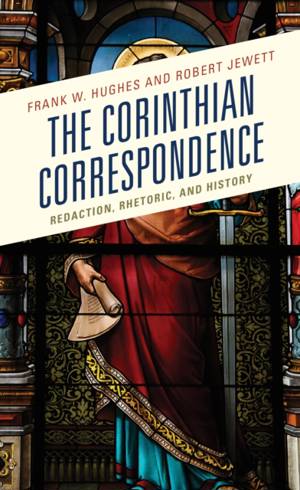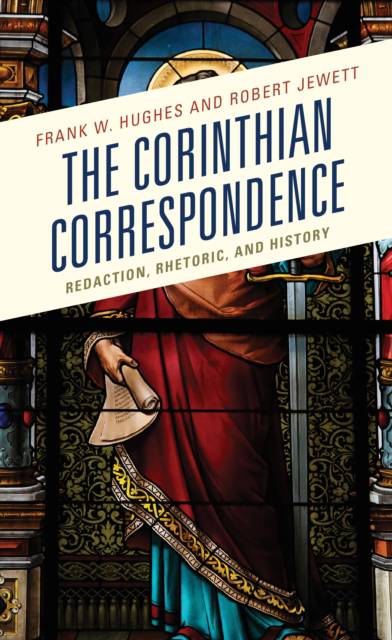
- Afhalen na 1 uur in een winkel met voorraad
- Gratis thuislevering in België vanaf € 30
- Ruim aanbod met 7 miljoen producten
- Afhalen na 1 uur in een winkel met voorraad
- Gratis thuislevering in België vanaf € 30
- Ruim aanbod met 7 miljoen producten
Zoeken
Corinthian Correspondence
Redaction, Rhetoric, and History
Frank W Hughes, Robert Jewett
Hardcover | Engels
€ 203,45
+ 406 punten
Uitvoering
Omschrijving
In this book, Frank W. Hughes and Robert Jewett argue that the Apostle Paul wrote eight letters to the church in Corinth, and that those letters were edited and reshaped into 1 and 2 Corinthians. This analysis, using redaction and rhetorical criticism, provides many insights into Paul's difficult relationship with the Corinthians.
Specificaties
Betrokkenen
- Auteur(s):
- Uitgeverij:
Inhoud
- Aantal bladzijden:
- 386
- Taal:
- Engels
Eigenschappen
- Productcode (EAN):
- 9781978705197
- Verschijningsdatum:
- 15/10/2021
- Uitvoering:
- Hardcover
- Formaat:
- Genaaid
- Afmetingen:
- 152 mm x 229 mm
- Gewicht:
- 684 g

Alleen bij Standaard Boekhandel
+ 406 punten op je klantenkaart van Standaard Boekhandel
Beoordelingen
We publiceren alleen reviews die voldoen aan de voorwaarden voor reviews. Bekijk onze voorwaarden voor reviews.








